Heading back to the train/bus station to catch our special touring bus. Gerri is doing some last minute planning.
Kagoshima - where Japan entered the modern World - at the station is a memorial attesting to how it happened.
The city provides these neat little buses looping around the city tourist spots.
Home and gardens of the Shimazu clan
Built in 1658 as one of the residences of the Shimazu clan that ruled over this area, with views of striking features with the active Sakurajima volcano and Kagoshima Bay framed in the background.
Built in 1658 as one of the residences of the Shimazu clan that ruled over this area, with views of striking features with the active Sakurajima volcano and Kagoshima Bay framed in the background.
We get our first views of the interior of a traditional Japanese residence with the simple but elegant features.
Prominent nail fasteners are covered in "buttons" of various shapes and characters.
Looking out of the house over part of the gardens to the cloud topped volcano...
Back outside we got a glimpse of an falcon flying high over the bluffs - the written characters on the rocks make it look like a waterfall on first glance.
Pathways and waterways...
Shrines and "where do those steps lead?"...
It's a mushroom, no maybe a gnome shelter, ...
Cat Shrine:
Ishibashi Park
We hop the tourist bus to the next stop - Ishibashi Park. At the end of the Edo period (late 19th century), local lord Shimazu Shigehide built five bridges, collectively called the Gosekkyō ("five stone bridges") across the Kōtsuki River. Two of them collapsed in floods in 1993. The remaining three were moved to a new location and restored. Ishibashi Park consists of these three bridges and a museum.
We hop the tourist bus to the next stop - Ishibashi Park. At the end of the Edo period (late 19th century), local lord Shimazu Shigehide built five bridges, collectively called the Gosekkyō ("five stone bridges") across the Kōtsuki River. Two of them collapsed in floods in 1993. The remaining three were moved to a new location and restored. Ishibashi Park consists of these three bridges and a museum.
The museum has a diorama showing how you build a stone bridge in the 19th century.
Kagoshima Castle was destroyed in a fire in 1874 and not rebuilt, and is now only ruins with only the castle's moats and stone walls remaining. Otemon Gate was reconstructed in 2018. Reimeikan, Kagoshima Prefectural Center for Historical Material is located on the site. Built in 1983, the museum exhibits materials relating to the history and culture of Kagoshima Prefecture.
Oops, lunch is served, we have to get by with ice cream until dinner.
We hop the bus again to the high observation point and meet a fellow traveler from Hong Kong who used her camera to take our photo - the clouds over the volcano have mostly lifted above it to give a great view.
Time to take the final bus hop home...
We proceeded to head out to find food and saki with our new Hong Kong friend - she'd just finished up an assignment in Tokyo and was headed home, taking in a bit of travel along the way.
Before Saki, let's try some Japanese whisky and gin...

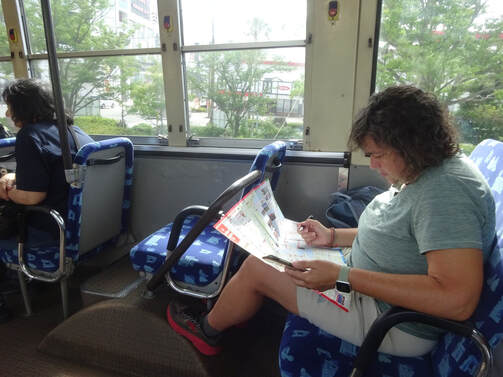
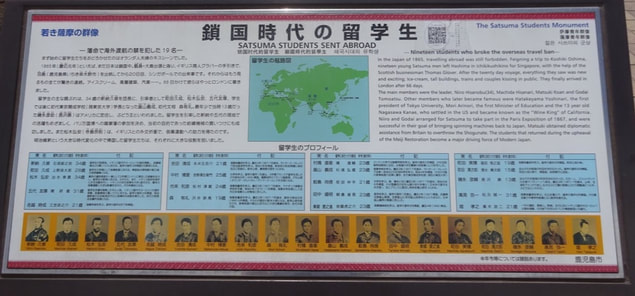
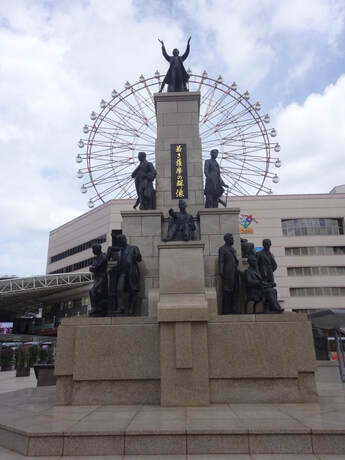
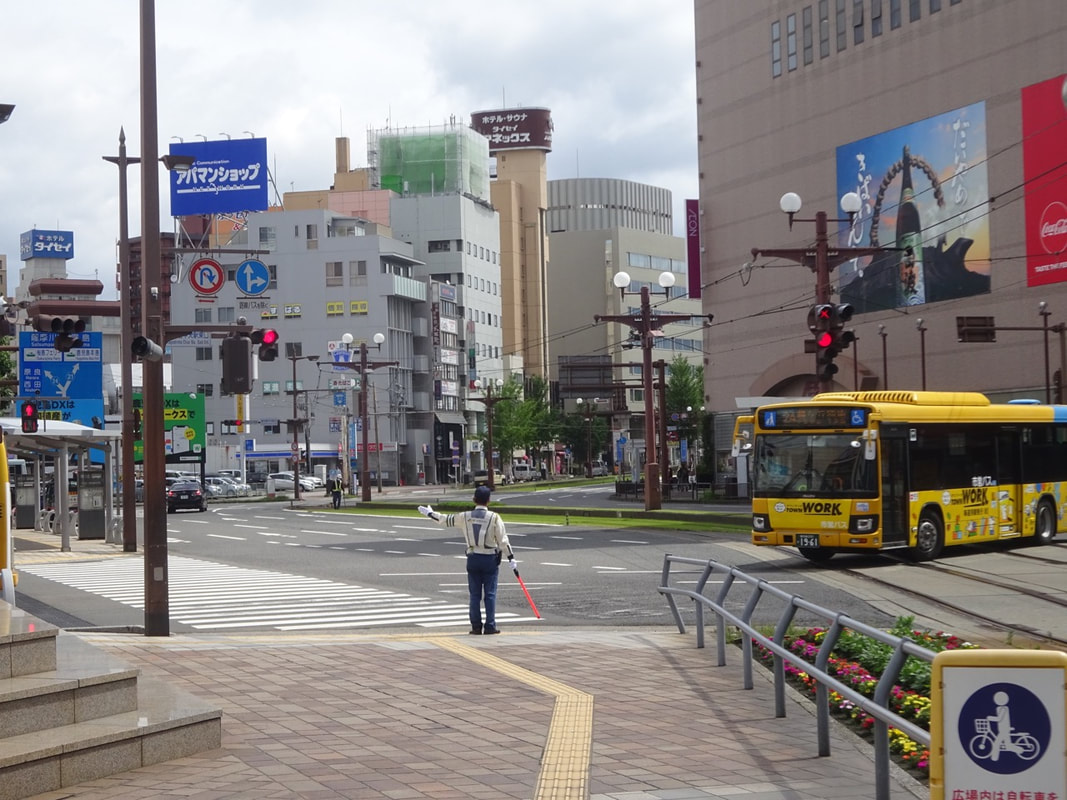
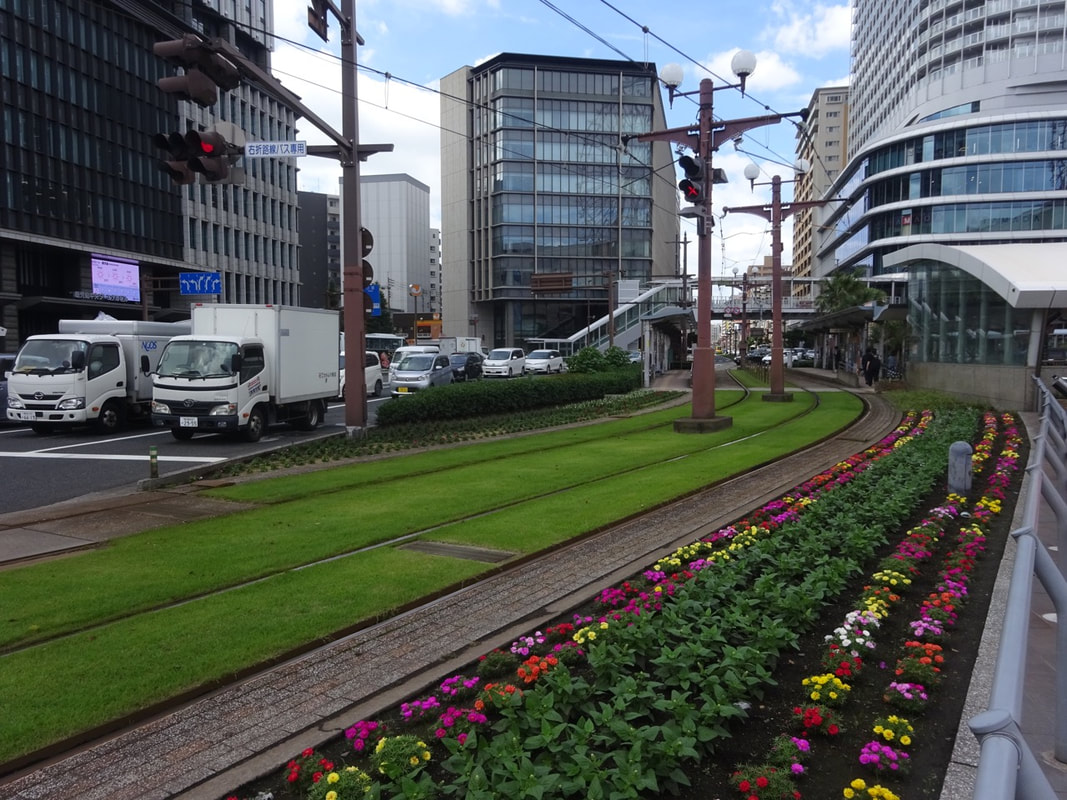
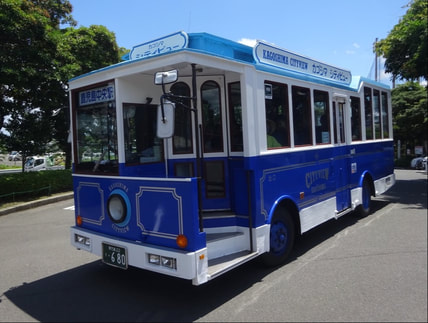
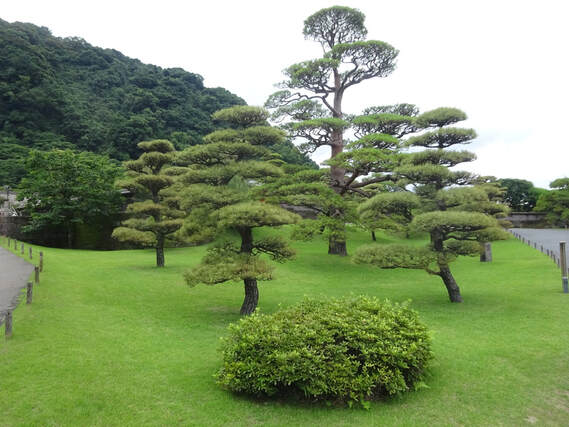
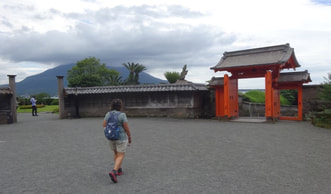
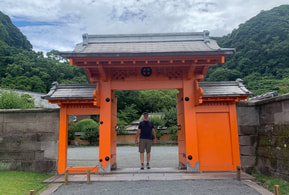
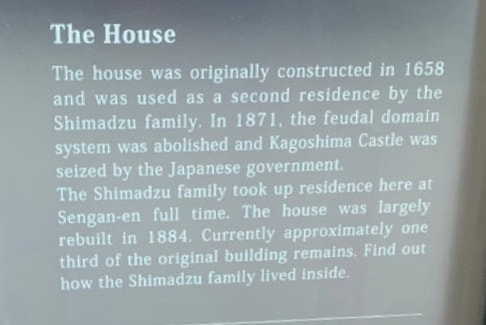
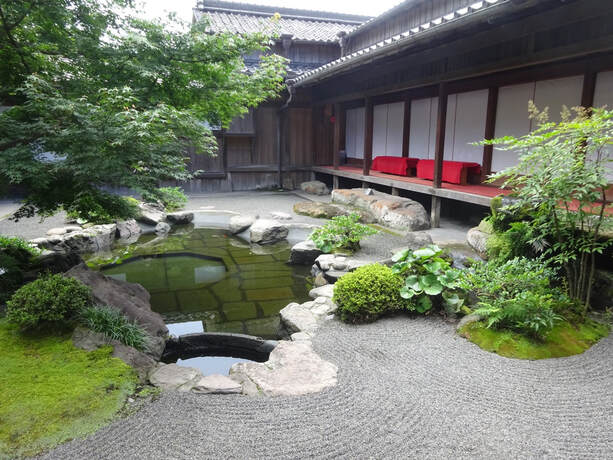
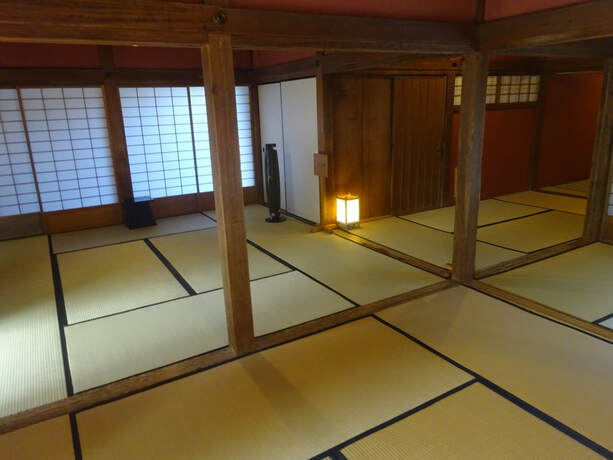
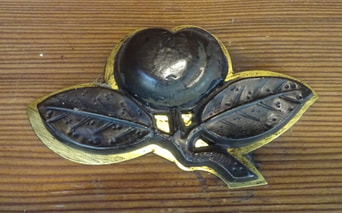
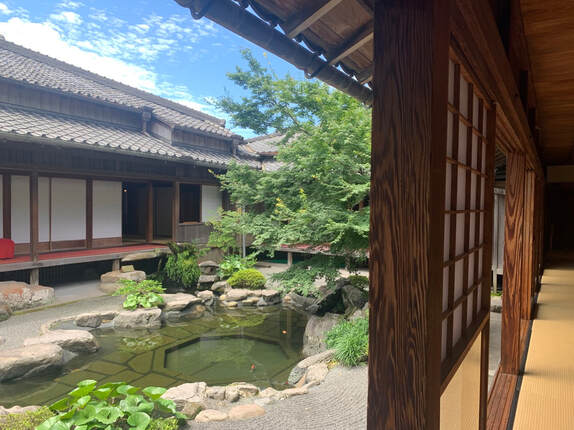
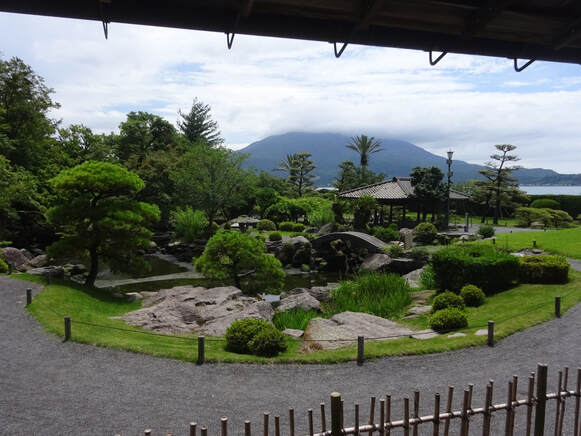
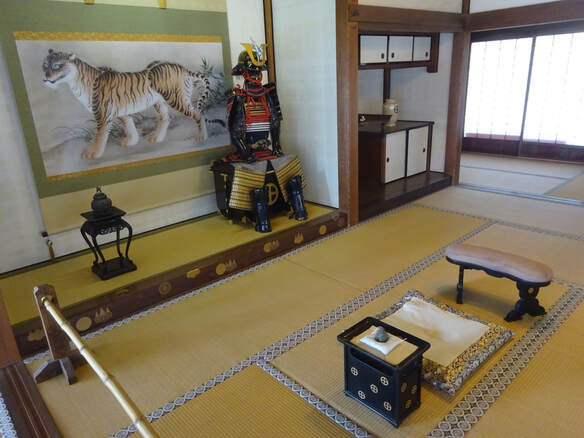
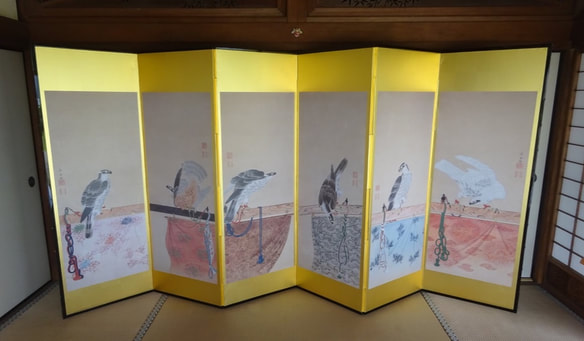
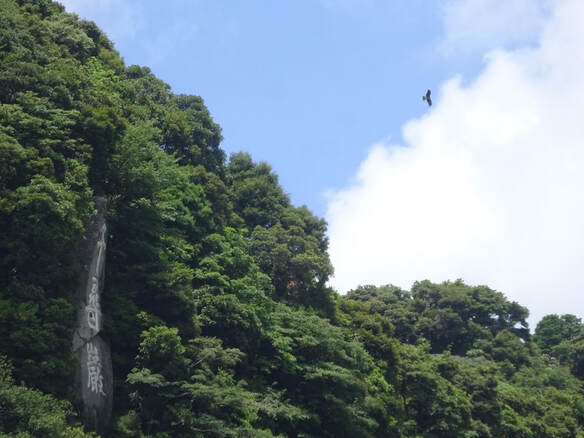
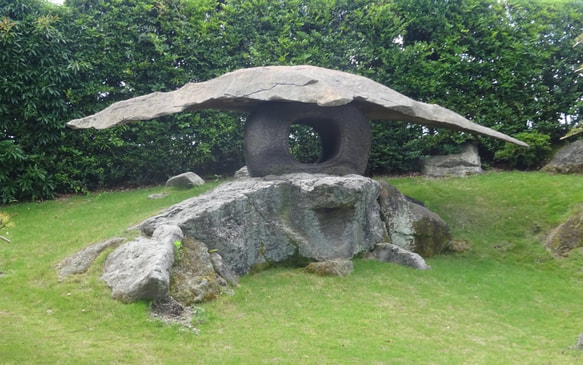
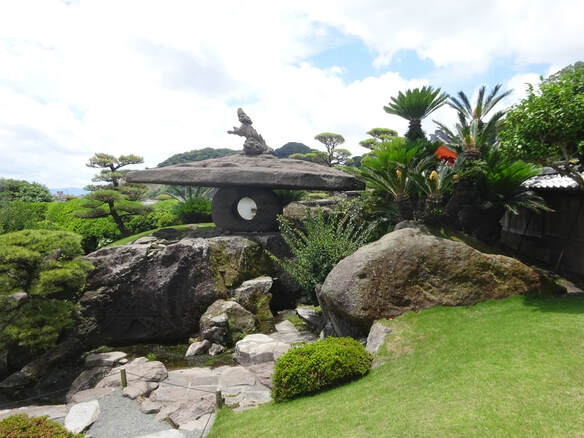
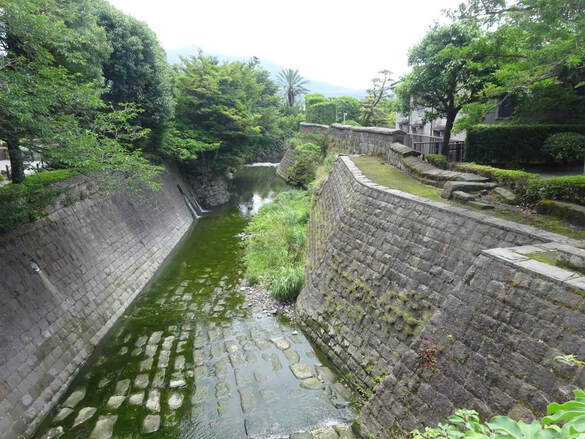
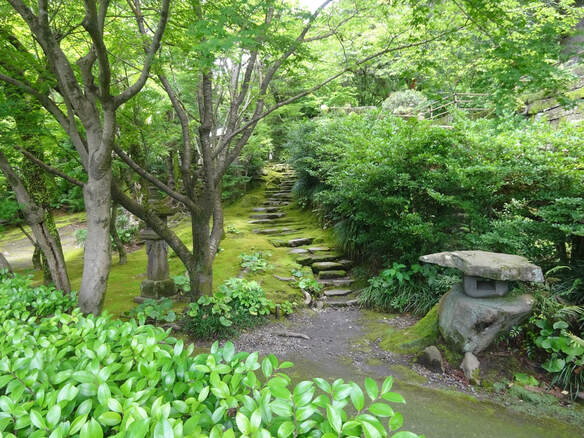
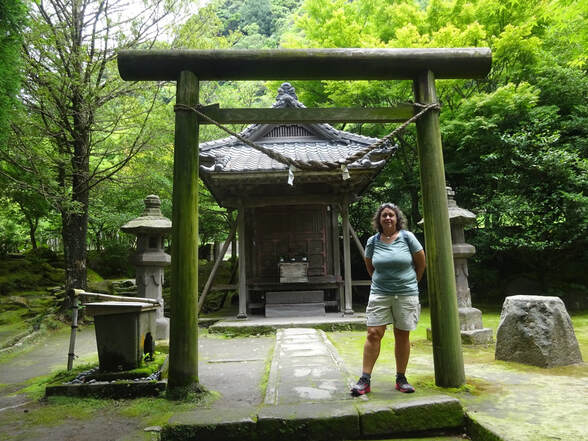
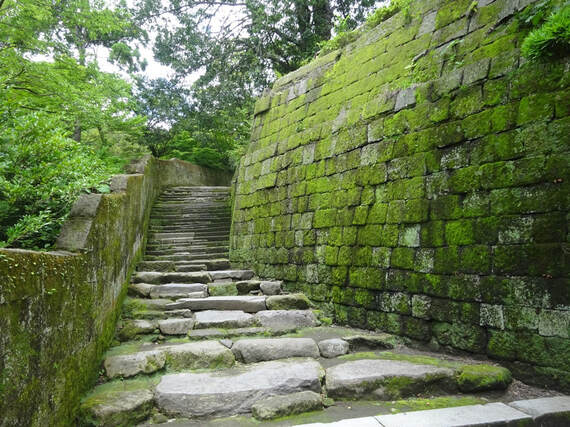
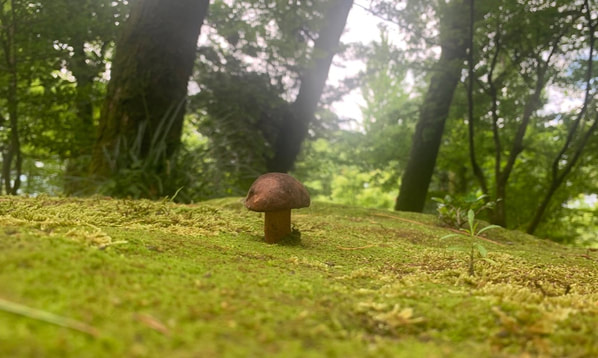
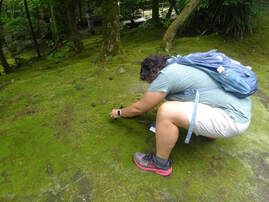
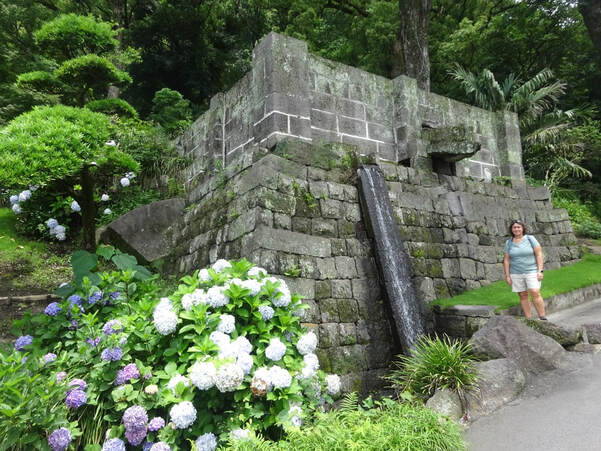
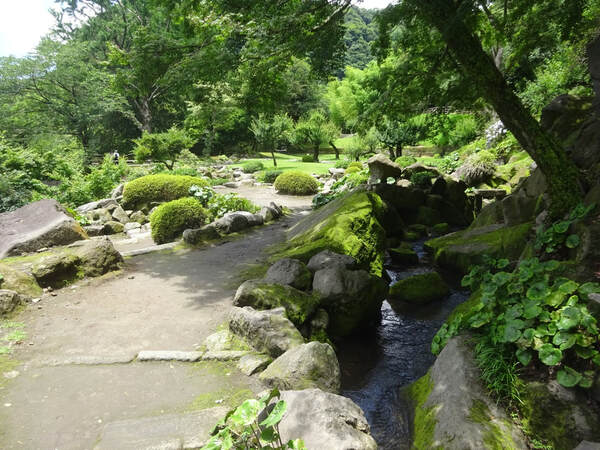
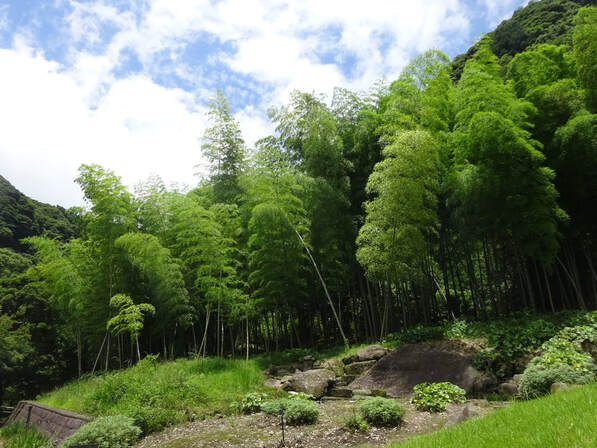
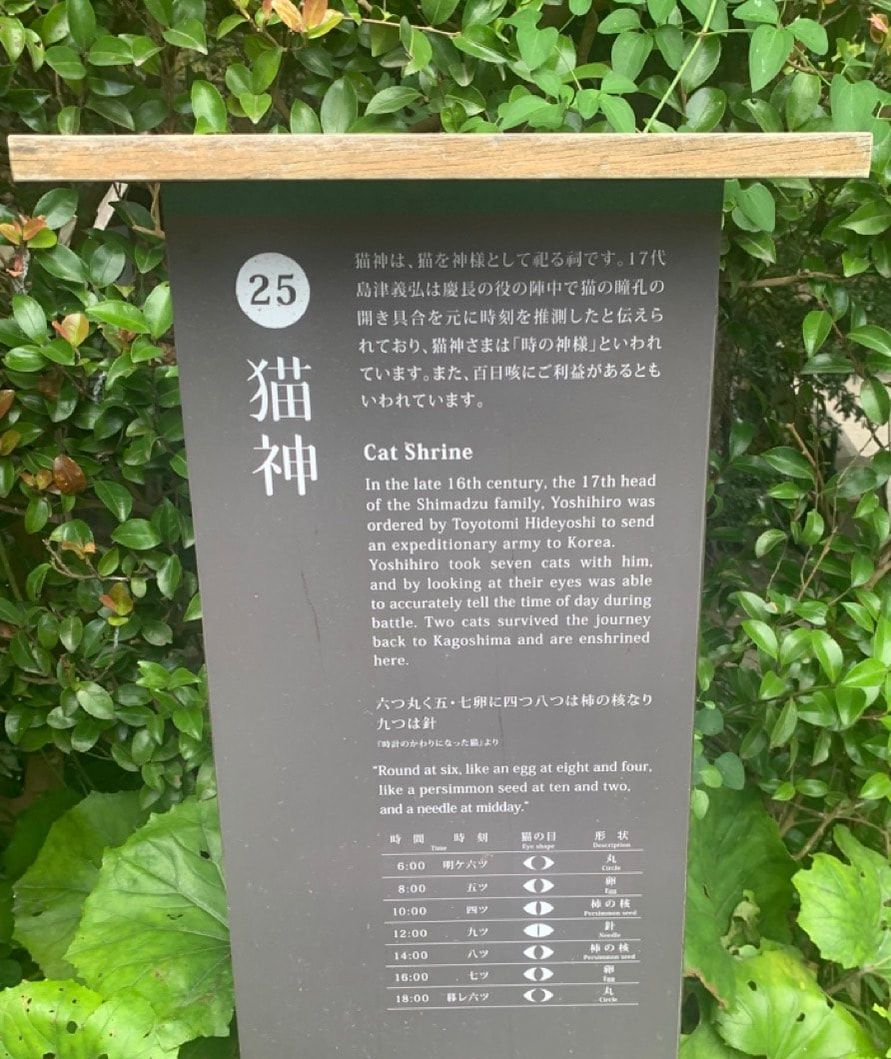
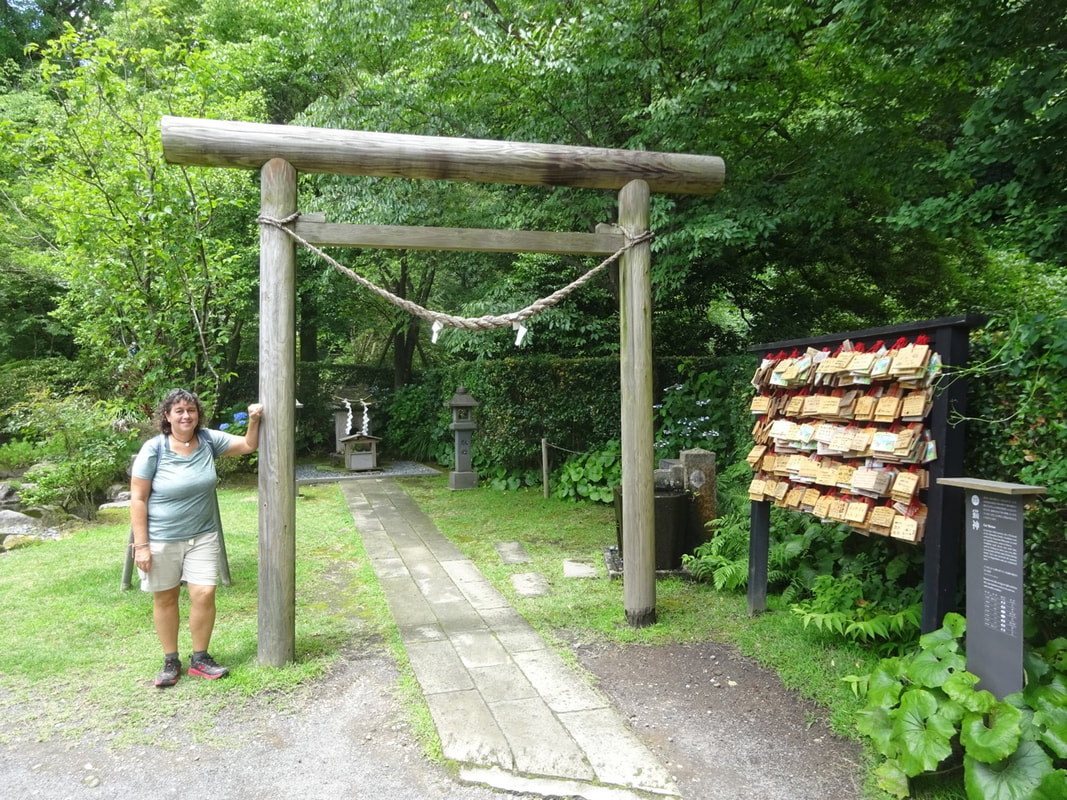
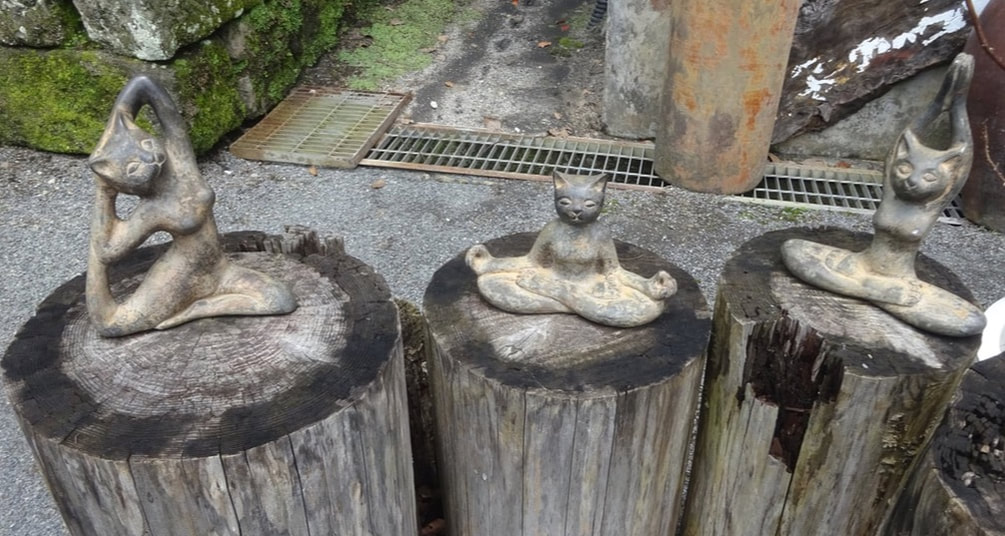

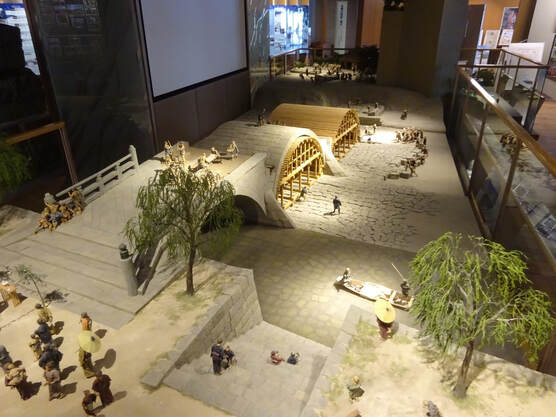
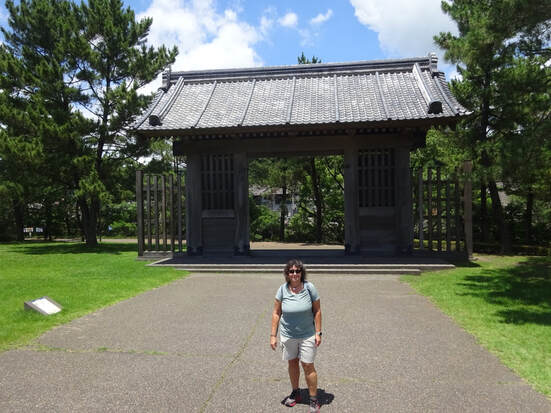
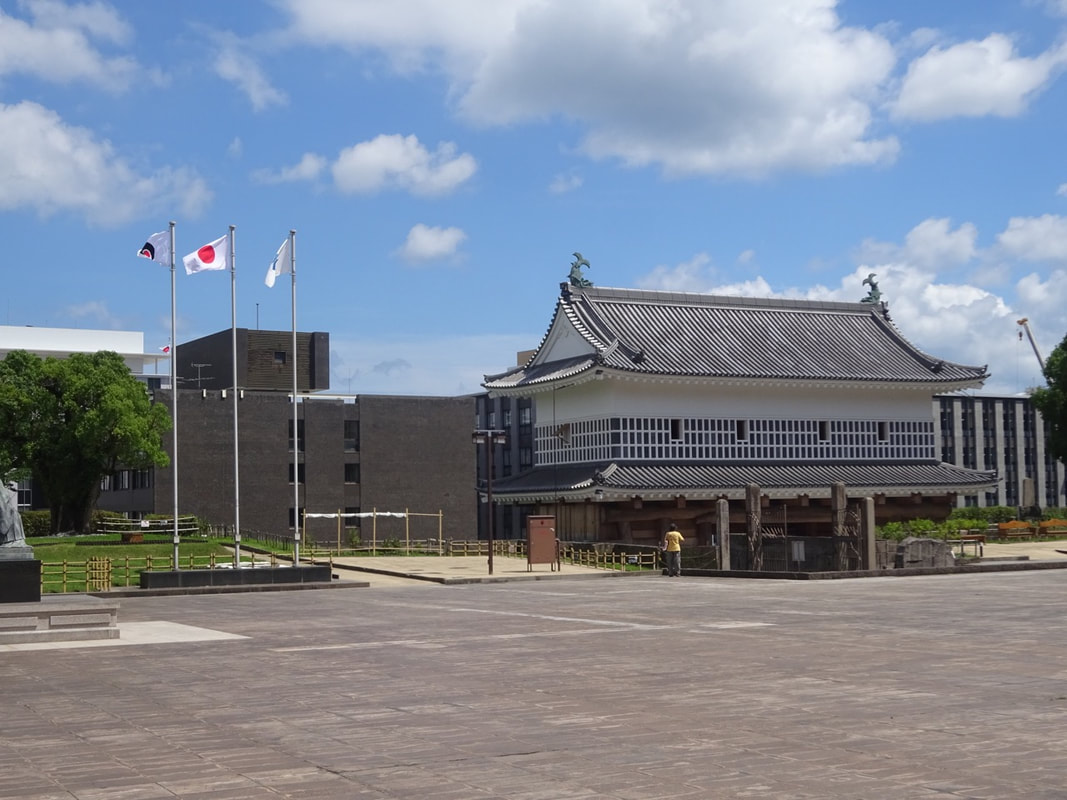
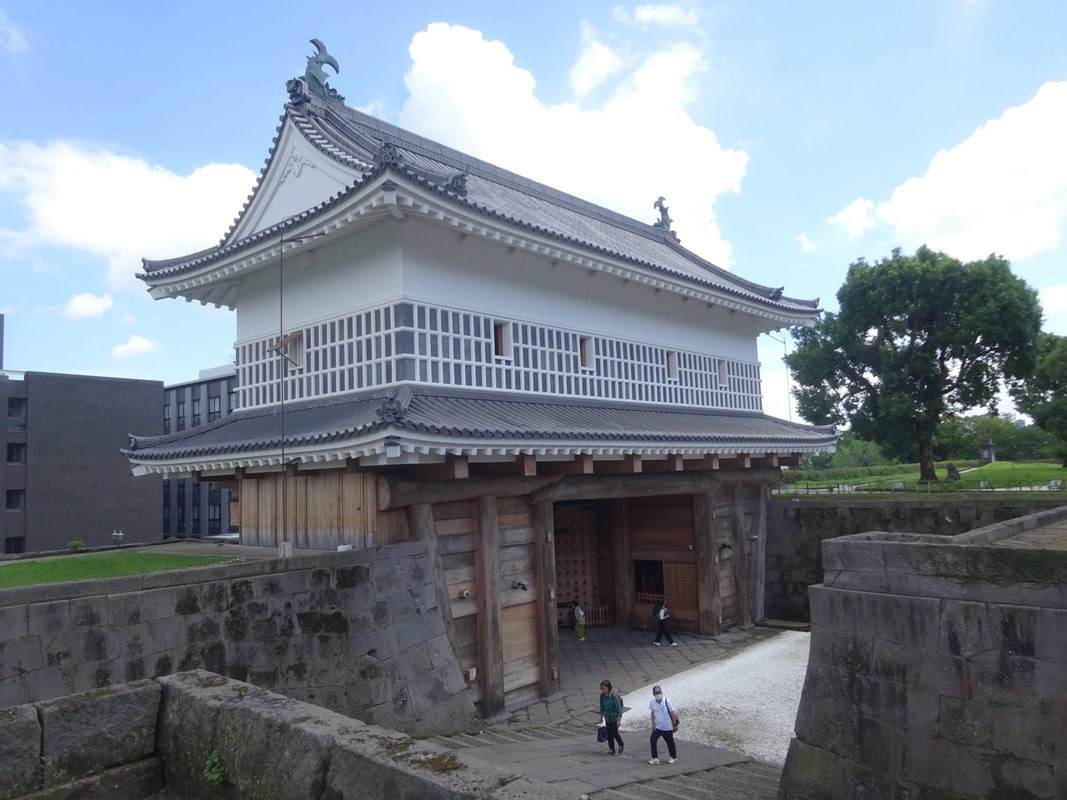
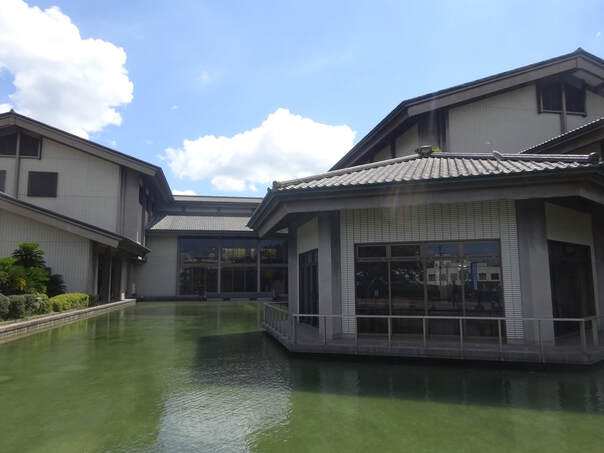
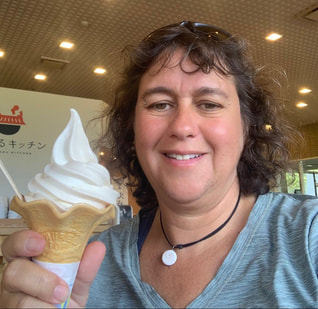
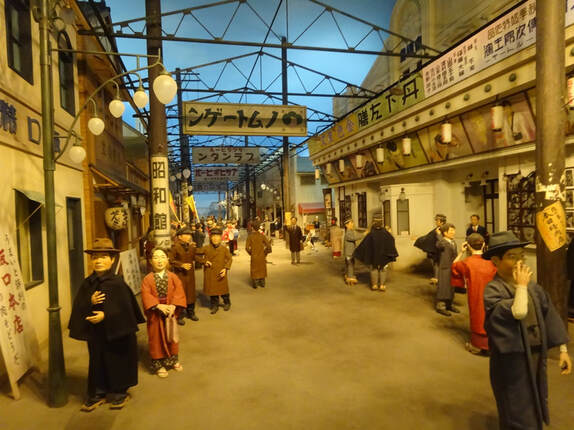
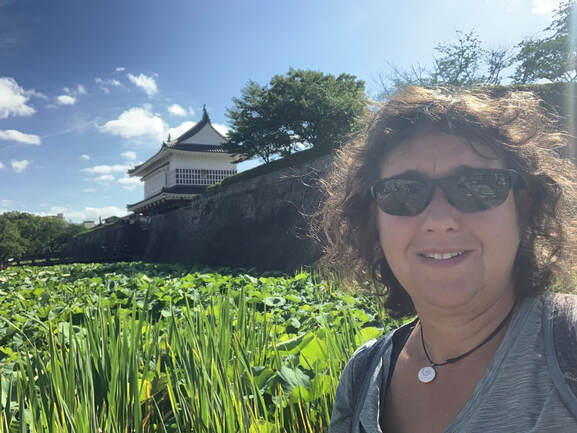
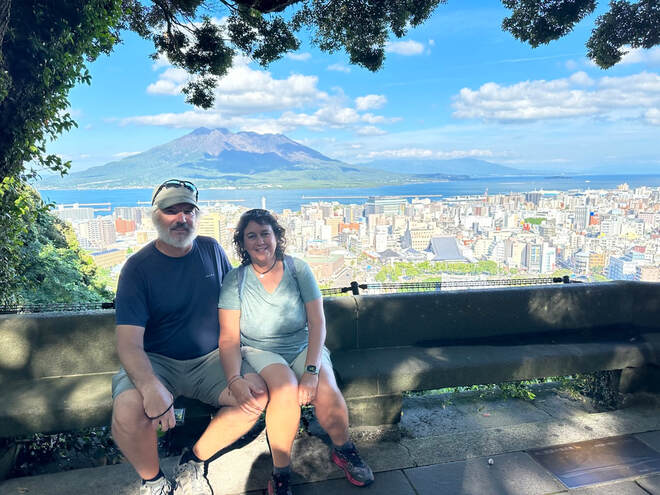
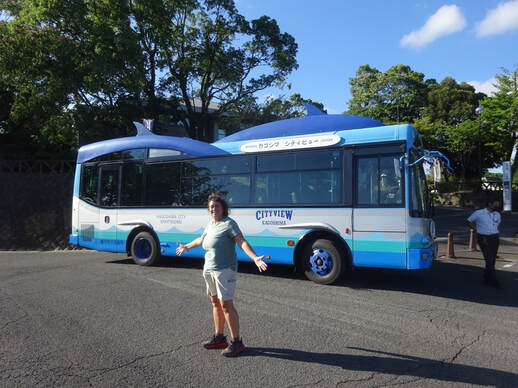
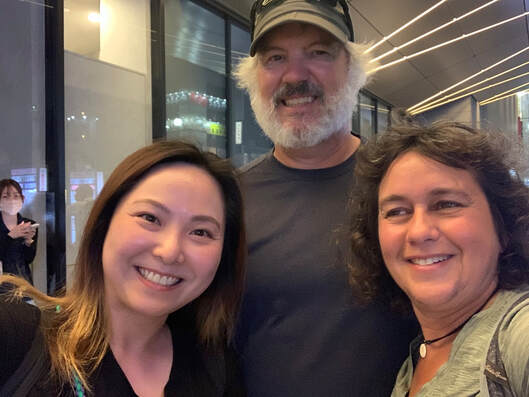
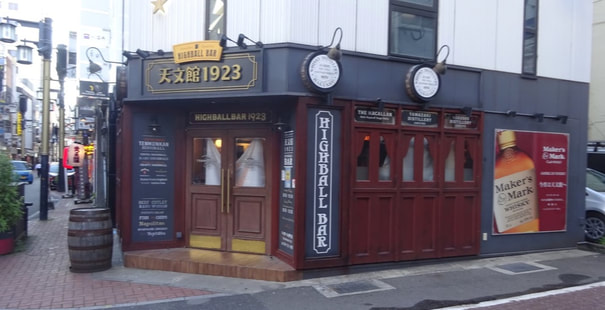
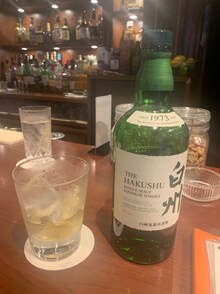
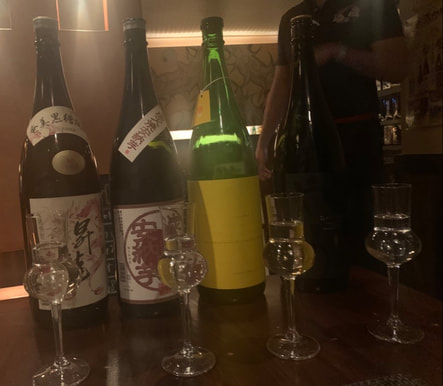
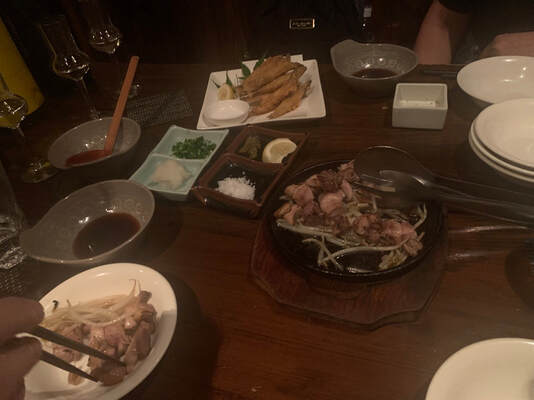
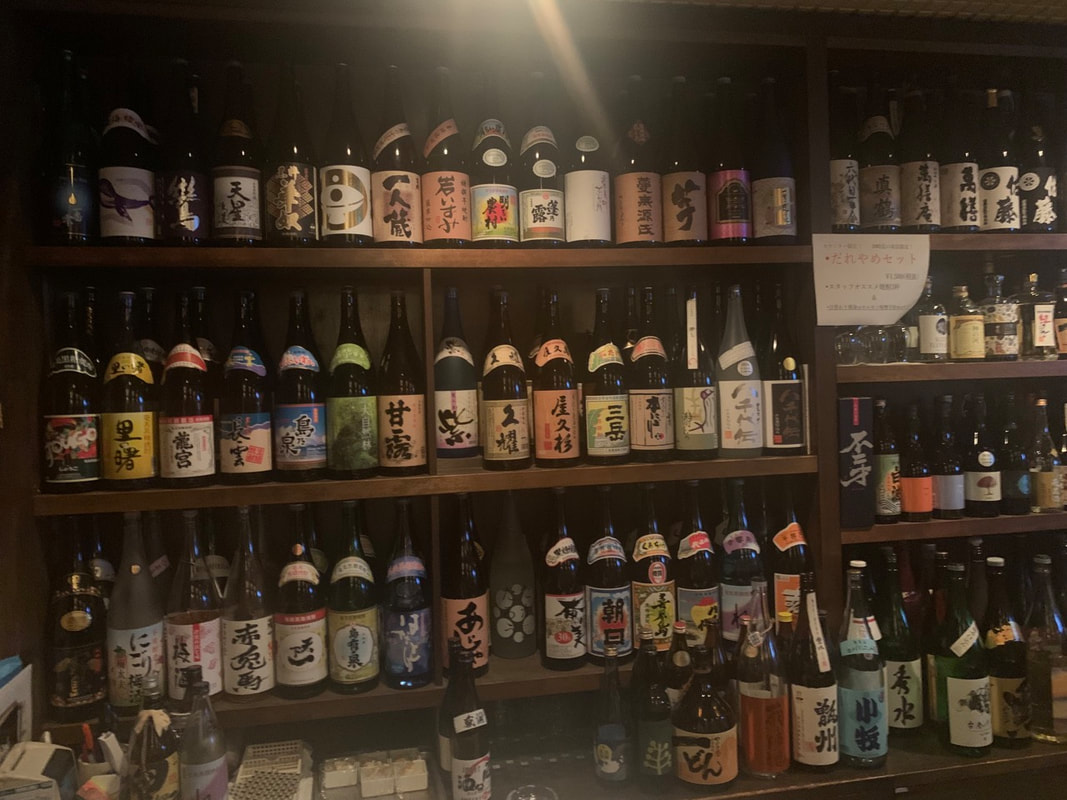
 RSS Feed
RSS Feed
